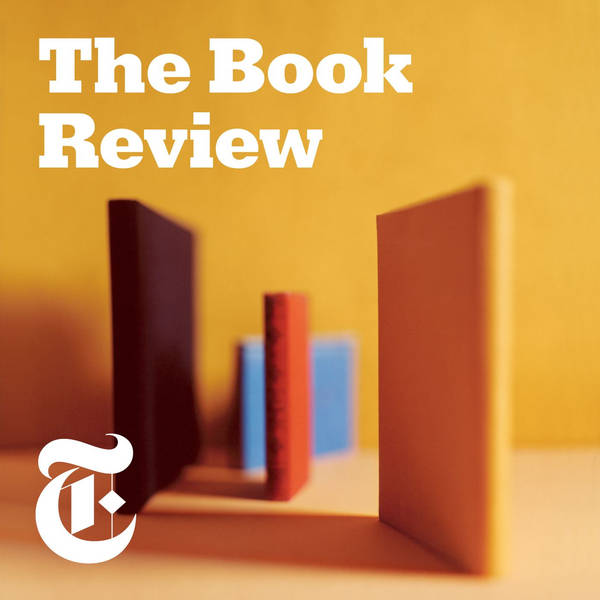
Jennifer Egan Talks About 'The Candy House'
Jennifer Egan’s new novel, “The Candy House,” is a follow-up to her Pulitzer Prize-winning “A Visit From the Goon Squad.” A few characters appear in both books, but the novels are also united by Egan’s structural approach — an inventive one that, in “Goon Squad,” included a chapter written as a PowerPoint presentation, and in “The Candy House,” a chapter written as a long series of terse directives to a spy.
On this week’s podcast, Egan talks about the new book, and about why she enjoys experimenting with form.
“To my mind, the novel was invented to be a hungry, greedy form that could pull into itself all other kinds of discourse,” Egan says. “So in the earliest novels: graphic images, letters, legal documents. As a fiction writer, one of the fun things about working with the novel is that anything is up for grabs. If I can bend it to fiction, I will, and I’m looking around me for those opportunities all the time. It’s not easy to do it, because the danger is that you just look like you’re using gimmickry. And what I find is that the only time any kind of radical structural form works is if I can find a story that can only be told that way. It involves a lot of waiting, and a lot of trial and error.”
Also on this week’s episode, Alexandra Alter discusses the work of the Russian novelist Vladimir Sorokin; and Alexandra Jacobs and Molly Young talk about books they’ve recently reviewed. John Williams is the host.
Here are the books discussed by The Times’s critics this week:
“The Palace Papers” by Tina Brown
“Liarmouth” by John Waters
We would love to hear your thoughts about this episode, and about the Book Review’s podcast in general. You can send them to books@nytimes.com.
Unlock full access to New York Times podcasts and explore everything from politics to pop culture. Subscribe today at nytimes.com/podcasts or on Apple Podcasts and Spotify.
